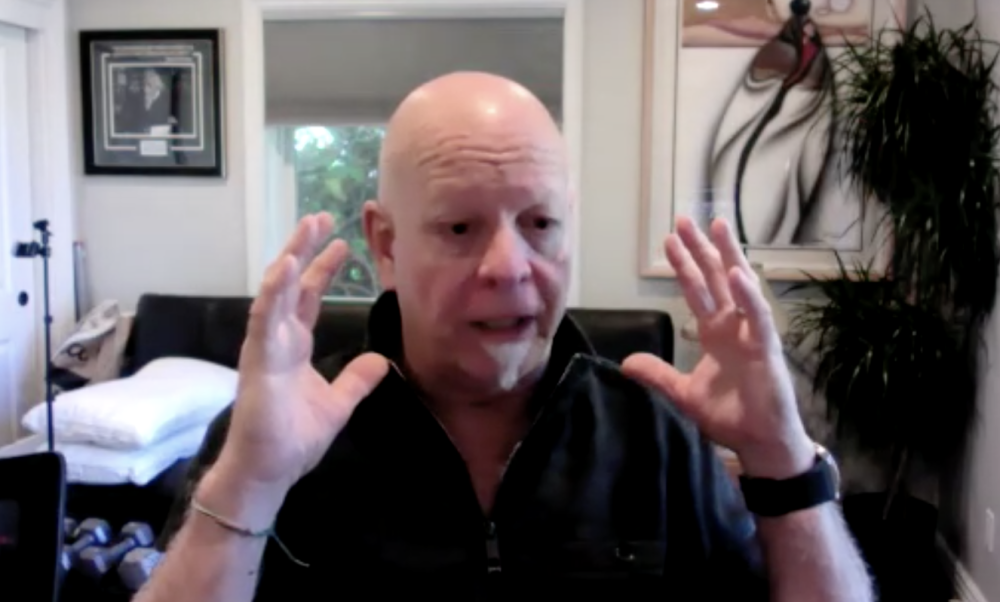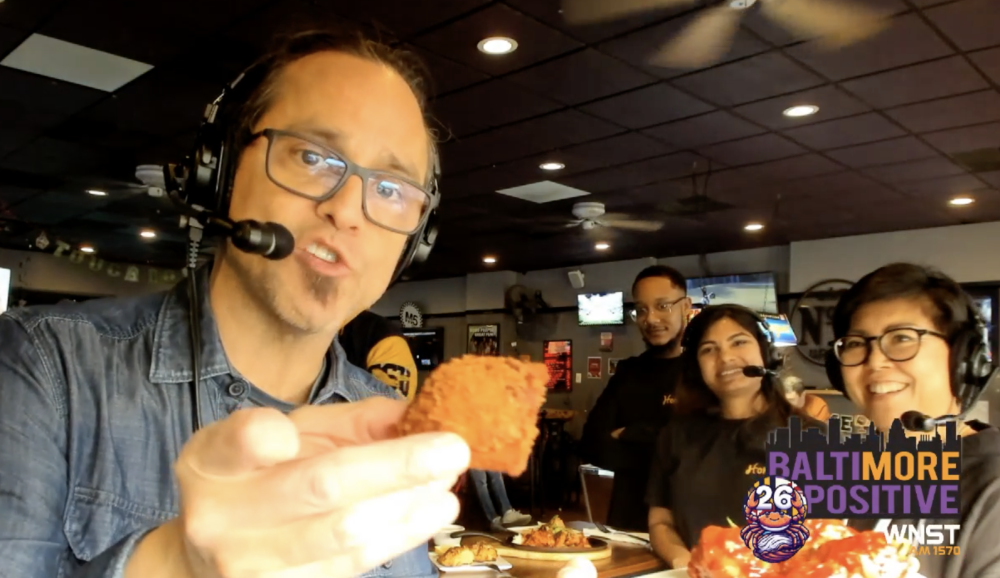And that’s where the value of scouting really benefits the Ravens. And much like the mantra of “family” that Harbaugh drills into the players, the scouts have been like one family because there’s almost no turnover in the Ravens scouting department. It starts at the top with Newsome, DeCosta and Hortiz, who came in 1998 and have been together for 15 years. George Kokinis left briefly to become the GM of the Cleveland Browns, but he came with Newsome from Cleveland in 1996 as well. Chad Alexander, the assistant director of pro personnel, came in 1999. This is a group with far more continuity than any other scouting department in the NFL, and they all agree it’s a massive competitive advantage in a business where the scouts change as rapidly as you see teams change general managers and head coaches.
The Ravens drafts are consistent because the personnel and the philosophy remain consistent.
DeCosta has been courted by seven NFL teams since 2001 to leave for a promotion, and several have essentially offered their general manager position to him. He remains with the Ravens as the assistant general manager because he’s happy and he has a chance to win. And it’s believed that he is the “GM in waiting” in Owings Mills to keep the system alive.
“This is a relationship business,” DeCosta said. “In the end, the individual achievements, the money – it all comes and goes. But who you’re with every day, who you see, who you work with and those friendships and experiences are what it’s all about. It’s the feeling you get when you have success and knowing that when you lose that you’ll rebound together. I love that part of the business.
“I know I’m in the Ravens long-term plans and I can’t imagine not being here with my friends and the people I’ve been coming to work with for almost 20 years.”
There is almost an institutional memory in the Ravens personnel department. They all know who is good at what and what everyone’s expertise is – as well as their weaknesses and deficiencies – and they manage accordingly.
One place the Ravens scouts have excelled over 17 years has been in finding undrafted free agents who somehow not only make the NFL roster and contribute, but also go on to sign multi-million dollar contracts in Baltimore or elsewhere after essentially being overlooked by 32 teams coming out of college.
It’s one thing to find heralded, legitimate talent like Jon Ogden, Peter Boulware, Ray Lewis, Ed Reed, Todd Heap, Terrell Suggs or any number of first round success stories. It’s completely another to bring players like Priest Holmes, Mike Flynn, Bart Scott and Will Demps in as undrafted free agents and have more success than anyone else in the industry.
And once the draft is over, Newsome and the Ravens are never done filling needs in the offseason. There’s so much focus on the start of NFL free agency and the draft that oft-times the players who sign in less heralded times or situations get far less notoriety or publicity, but wind up making a big impact during the season. Newsome never overreacts in the offseason. And in recent years, the raids on Ravens players early in free agency have been strategized months in advance.
Because as he says, “we don’t have to play games until September,” Newsome waits it out. In recent years the Ravens have signed very effective veteran players well into the summer and even during training camp in August. Recently, offensive tackle Willie Anderson, defensive back Josh Wilson and on the 2012 team, Jacoby Jones and Corey Graham, all came to Baltimore after the bright lights of free agency and the draft had faded.
Newsome is clinical and patient in his approach. He would tell you that some of best moves he’s ever made are the moves he didn’t make. The Ravens don’t have to be right on every player. They only need to be right on the players they actually add. And if there’s major dissention among coaches and scouts, it’s probably best to simply find another player.
Perfect players don’t exist. They all have warts or questions marks of some kind and with the veterans you get an even better snapshot of who the player and person are when you sign a player from another NFL team.
The first question you always ask is “Why does Team X want to let Player Y go?”
Sometimes it is a cap move. Sometimes they found a better player. Sometimes they found a younger, cheaper player. Sometimes the coach or the system changed. Sometimes it’s because they were a bad teammate or hard to coach or what most scouts simply call “a turd.” The stories go on and on.
But getting intelligence — on and off the field — for a player who’s already been in the NFL is far easier than scouting college kids. And although it’s less heralded than its baseball counterpart in books and movies like “Moneyball,” there are now analytics and statistical nerds involved in the NFL where scouts and coaches are breaking down data more every day. Whether it’s via game planning or scouting, more information is coming and the Ravens are open to new ways to analyze data. In 2012, the Ravens hired Sandy Weil as director of football analytics to find more ways to quantify and objectively look at players. It’s another tool and another way to pick the best players.



























